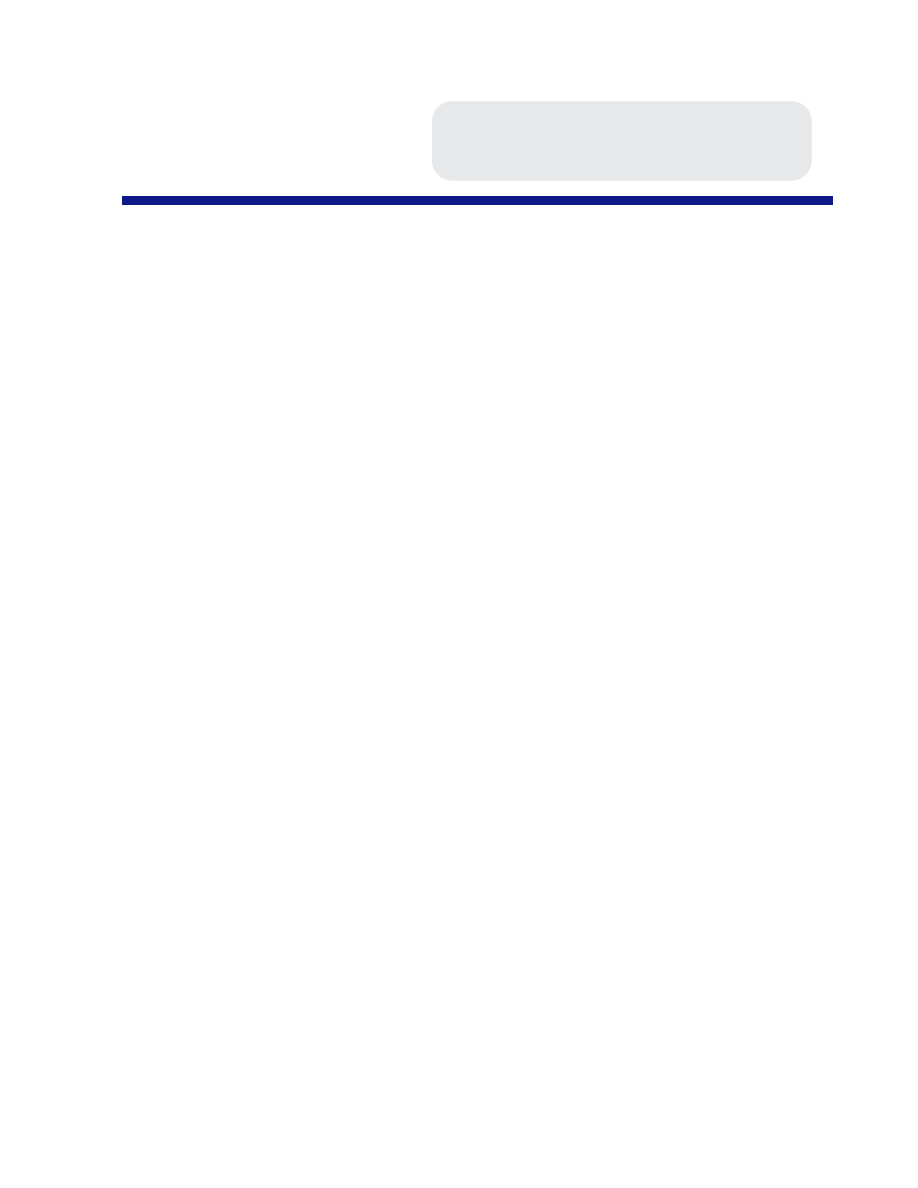
1
K. TEST PARAMETERS AND ELECTRICAL PROPERTIES
Electrical behavior of ceramic chip capacitors is strongly dependent on test conditions, notably
temperature, voltage and frequency, for reasons explained in Sections F through I . This dependence
on test parameters is more notable with Class II ferroelectric dielectrics, and negligible or more
easily predictable with Class I formulations. For this reason, certain standards of measurement have
been established in the industry, with the appropriate limits of performance for any given electrical
property and dielectric characteristic.
TEMPERATURE DEPENDANCE
Temperature Coefficient (Capacitance-Temperature Dependance):
The variance of capacitance with
temperature is used to classify dielectric formulations, as described in Section J. In general, it is
found that materials with higher dielectric constants at 25
°
C display greater change with tempera-
ture, on the hot or cold side of reference, as the higher K materials are based on formulations which
shift the sharp Curie peak to room temperature. Lower K dielectrics, which are formulated to
suppress and broaden the Curie peak over temperature, display more stability, as intended. This
effect is clearly evident in the curves of Figure J-3 for X7R and High-K dielectrics.
The temperature coefficient (T.C.) is expressed in ppm/
°
C for Class I type ceramics, and as %
∆
C for
Class II. Measurements are obtained by maintaining chip capacitor samples under controlled tem-
perature conditions in a temperature or “T.C.” chamber, while accurate readings of capacitance are
made at various temperatures, usually -55
°
C , 25
°
C and 125
°
C. Accuracy of fixtures and test equip-
ment is obviously important, especially when measuring lower capacitance values where small changes
in ppm/
°
C may provide only a fraction of a picofarad in capacitance change from the reference
value. Care must also be exercised when measuring higher value Class II dielectrics, due to the de-
aging property of these materials. The de-aging of samples at the hot stage of the measurements
may result in erroneous T.C. calculations; it should be a practice to de-age these capacitors for a
minimum of one hour before T.C. measurements are made.
The temperature coefficient for Class I dielectrics is calculated in ppm/
°
C for any given temperature
range, using the following expression:
T.C. (ppm/
°
C) = [(C
2
- C
1
)
/ C
1
(T
2
-T
1
)]10
6
where: C
1
= capacitance @ T
1
C
2
= capacitance @ T
2
and T
2
>T
1
NOVACAP
TECHNICAL BROCHURE